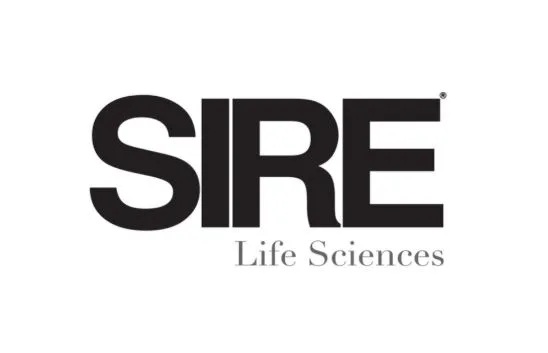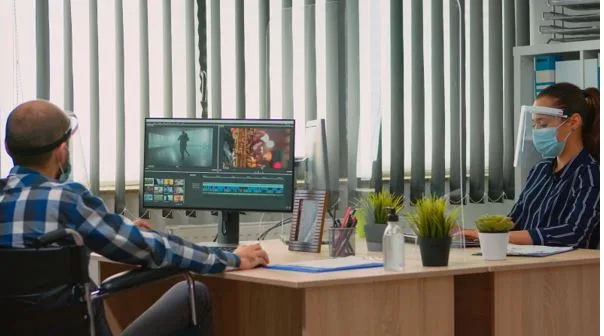Custom Gas Cylinders: Precision Engineering for Industry Specific Needs
Gas cylinders aren’t one-size-fits-all. Different industries need different types of cylinders. What works in a hospital might not work in a welding shop. Even within the same field, the needs can vary depending on the size of the operation, location, or equipment. This is why customization plays such a big role in how gas cylinders are made and used.
Manufacturers have learned that by working closely with clients, they can build cylinders that improve safety, reduce waste, and fit into workflows more easily. Whether that means adjusting the size, adding a special coating, choosing the right valve, or changing the material, the goal is the same: create a product that works better.
Why Customization Is Important
Industries rely on gas cylinders for many different reasons. A hospital might use them to store medical oxygen. A remote construction site might need them for welding gases. These are very different situations, and a standard cylinder might not meet all the requirements. Custom cylinders solve this by offering options that match real-world conditions.
For example, a small medical clinic that moves its equipment between towns. They can’t carry bulky, heavy cylinders. Or consider a factory near the coast, where humidity causes corrosion. These are the types of challenges that make standard designs less useful. By customizing the cylinder to fit the environment, manufacturers help businesses run more efficiently and safely.
Sizing for the Right Fit
One of the first things manufacturers look at is the size of the cylinder. This includes how tall it is, how wide, and how much gas it holds. A standard might be around 50 liters, but many clients need something larger or smaller.
Take the beverage industry, for example. CO2 cylinders often have to fit in tight spaces, like under a counter. If the cylinder is too tall or too wide, it won’t work, no matter how well it holds gas. A cylinder that fits properly improves both workflow and safety.
On the other hand, large manufacturing operations need cylinders that hold more gas, so they don’t have to stop and refill them as often. In both cases, the right size is a practical decision, not just a preference. Manufacturers use software to model the design before anything is built. That assures that the final product meets safety standards and operates correctly.
Surface Coatings That Do More Than Look Good
A coating on a gas cylinder does more than just affect how it looks – it helps the cylinder last a long time. People often use cylinders where moisture, heat, or chemicals are present. A good coating keeps the metal underneath safe from rust, from corrosion along with other damage.
For example, zinc coatings are common in humid places or near saltwater. High-temperature coatings fit factories or outdoor areas with much heat. Some coatings stop microbes from growing, and this helps in healthcare or food production, where cleanliness matters.
People can also change the coating to fit a brand. A customer wants a cylinder to match company colors or to show a logo. Some makers offer logos or tracking numbers etched with a laser. This helps keep track of what you own and stops people from confusing items – these small parts help people know what a cylinder is and manage it better.
Choosing the right coating usually involves discussing the cylinder’s use, exposure to harsh elements, and how long the product needs to last. A good gas cylinder manufacturer will provide samples to help clients choose the finish that works best for them.
Valves: Getting the Flow Right
Valves regulate the release of gas from the tank. They also influence how the cylinder links with other devices. Getting this part wrong can lead to leaks, pressure problems, or compatibility issues.
In healthcare, values need to provide a consistent, regulated stream. In welding or industrial applications, they might need to allow a large amount of gas to pass quickly.. Valves are essential components in various industries, including oil and gas, water treatment, and manufacturing.
Material choice matters as well. Brass and stainless steel are common, but for certain gases or extreme conditions, other alloys might be better. Valves also need to match regional standards. A client using European equipment might need a different type of valve than someone in North America. Manufacturers build valves to fit those requirements.
Custom valves also include safety features. Pressure relief devices and tamper-proof seals are often added based on local laws or the type of gas stored. This helps prevent accidents and ensures the cylinder passes inspection.
Choosing the Right Materials
Material selection plays a major role in performance. Steel cylinders are common because they are tough and relatively inexpensive, but they are also heavy. In situations where weight matters such as in ambulances, lighter materials like aluminum or composites are better.
Composite cylinders, which use materials like carbon fiber, are strong but much lighter than steel. They are a good choice for mobile or wearable systems, even though they will be more expensive. These types of cylinders are often used by firefighters or EMT’s.
Some gases also react with certain metals. That is where internal linings come in. For example, ammonia can corrode the inside of a standard cylinder. A special lining prevents this and makes the cylinder last longer. The choice of material depends on how the cylinder will be used and what kind of gas it will hold.
Custom Add-Ons That Make Work Easier
Manufacturers also offer accessories to go along with the cylinders. These include things like protective caps, carrying handles, or carts for moving large cylinders. In remote or rugged environments, frames that can be lifted by a forklift or stacked for transport are often used.
Labels are another area where customization helps. While all cylinders must meet safety labeling standards, many clients want labels that include company info, tracking codes, or barcodes. Some even use RFID chips so they can track the cylinder’s location in real time.
These add ons may seem minor, but they make everyday handling and tracking easier. That saves time and reduces errors.
How Customization Happens
Building a custom cylinder starts with a conversation. The client explains what they need, how they are going to be using the cylinder, and what limits they’re working with. This often can involve technical drawings & site visits.
From there, engineers design the cylinder using CAD software. Clients can review the design and suggest changes before production begins. Some manufacturers also offer prototype samples. This avoids costly mistakes and gives everyone a better picture of the final product.
Once the design is approved, the cylinder goes into production. That might include advanced welding, coating systems, or valve assembly. Every cylinder is tested for leaks, pressure tolerance, and safety compliance before it ships out.
What’s Next for Custom Gas Cylinders
As industries change, so do the options for gas cylinder customization. 3D printing is helping manufacturers create complex parts, including custom valves, at a lower cost. Smart sensors are starting to appear in cylinders, giving users real time updates on pressure, temperature, and gas levels.
There’s also more interest in sustainable materials. Some manufacturers are looking at recyclable composites or ways to cut energy use during production. These shifts are happening because clients continue to ask for better, safer, and more efficient products.
Final Thoughts
Customized gas cylinders are built to meet real-world needs. Whether it’s a unique size, special coating, specific valve, or lightweight material, the focus is always on performance and safety. The process is collaborative, precise, and based on solving practical problems. If you rely on gas cylinders in your industry, it’s worth considering a tailored solution.




